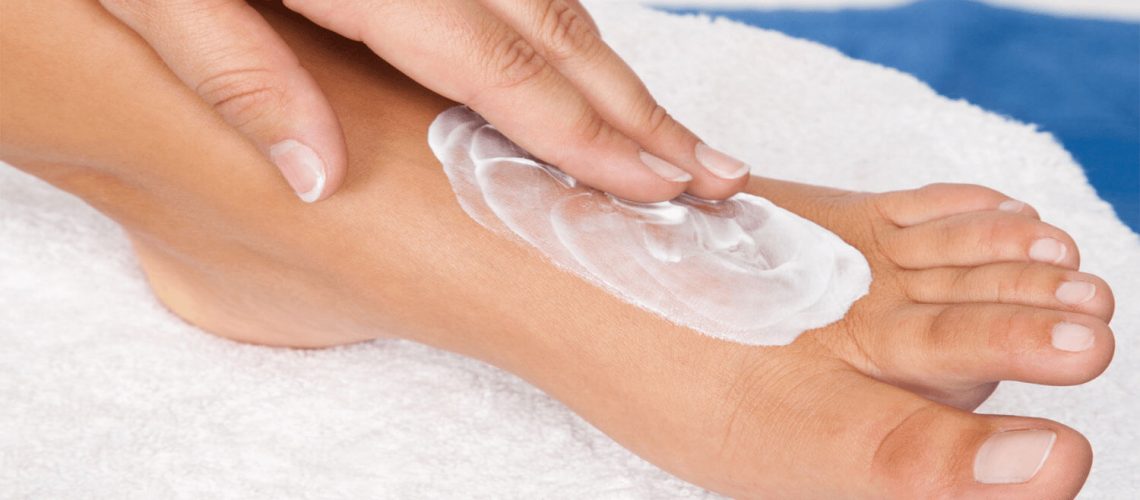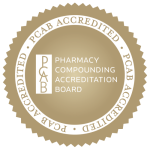If you are a successful dermatologist you treat a wide variety of skin disorders as well as aesthetic issues. Your top key performance indicator (KPI) for your success is the patient satisfaction score. Patients have many venues to review and report the quality of the services you provide. So what is important for your patients, must be important for you too.
Patient satisfaction is the cumulative result of many factors taken into consideration: office’s image, cleanliness, staff behavior, wait time, doctor’s bedside manner, knowledg and communication abilities, etc.
But what is at the core of the patient satisfaction?
To get the desired results with the prescribed treatment. Fewer medications, easy to follow instructions, affordable drug prices, and minimal and mild side effects – are some factors that will determine patient’s compliance and satisfaction with the therapeutic plan.
Pharmaceutical compounding considers all these factors and, as a plus, will provide the patient personalized care allowing him/her to be treated as a unique individual with unique skin care needs. Pharmaceutical compounding allows the dermatologist:
- to prescribe customized medications precisely tailored to the patient’s unique therapeutic needs.
- to combine several medications into one topical preparation.
- to offer a cost-effective treatment solution to the patient. The patient will pay for one, custom-formulated medication instead of paying for several different commercial products. This is at the same time a convenient solution for the patient, with easy to follow instructions for one compounded medication, that will lead to better compliance.
- to incorporate in the compounded medication novel ingredients, proven to be beneficial for the treated condition, as an added value to the treatment. These known and desired novel ingredients are not part of commercially available drugs and the only other way to use them is by taking them separately either OTC or by prescription. Some examples of these novel ingredients are:
Niacinamide – a biologically active form of niacin. It is a relatively new agent being studied for its multiple effects on the skin. It may be used in compounded formulations together with various API’s for therapeutic and cosmetic purposes. Reducing cutaneous pigmentation and melanosome transfer suppression are just some of its effects. Data strongly support the theory that niacinamide interferes with the interaction between keratinocytes and melanocytes, thereby downregulating melanogenesis. Niacinamide is a very effective skin-restoring ingredient that offers multiple benefits for aging skin. Among these benefits is the ability to visibly improve the appearance of enlarged pores, uneven skin tone, fine lines, dullness, and a weakened skin surface. Niacinamide can also mitigate the damage caused by environmental attacks. It is also stable in the presence of heat and light.
Arbutin is also one of the newer agents. It is a hydroquinone derivative obtained from the leaves of berry trees. Similar to hydroquinone, it has melanin-inhibiting properties. In addition to its whitening effects, it also has anti-aging properties, and filters ultraviolet rays.
Hyaluronic Acid is an ingredient known under so many different names and with so many effects in the body. Recent studies find new uses of it for various skin conditions such as – actinic keratosis, burns and skin wounds, scars and stretch marks.
The list of examples for novel ingredients can go on and on. To learn more about the options available for your dermatology practice, select and contact a knowledgeable compounding pharmacy. It will be your reliable, trusted, and long-term ally in helping your patients with customized therapeutic options.
Make HALDEY Pharmaceutical Compounding your selected choice. Talk to any of HALDEY’s experienced compounding pharmacists about any compounding needs you may have.
References:
Elsaie ML, Baumaann LS, Elsaaiee LT. Striae Distensae (Stretch Marks) and Different Modalities of Therapy: An Update. Dermatol Surg. 2009 Apr;35(4):563-73.
de Berker D, McGregor JM, Hughes BR; British Association of Dermatologists Therapy Guidelines and Audit Subcommittee. Guidelines for the management of actinic keratoses. Br J Dermatol. 2007;156(2):222-30. doi:10.1111/j.1365-2133.2006.07692. x.
Hakozaki T, Minwalla L, Zhuang J, et al. The effect of niacinamide on reducing cutaneous pigmentation and suppression of melanosome transfer. Br J Dermatol. 2002;147(1):20-31. doi:10.1046/j.1365-2133.2002.04834. x.
Paula’s Choice Research Team. Arbutin. Paula’s Choice Skincare website. http://www.paulaschoice.com/cosmetic-ingredient-dictionary/definition/plant-extracts/arbutin. Accessed June 12, 2014.




